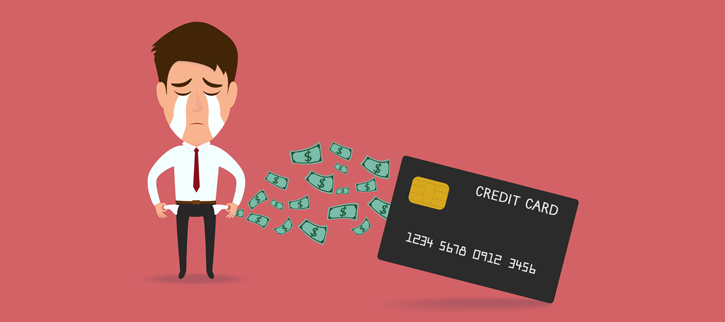
You might be concerned about your ability to rebuild credit after filing bankruptcy. Although it's natural to desire to open up new credit lines, the best way to restore your credit is to make sure you pay off your debts promptly. This is why bankruptcy counseling programs should include information on budgeting and debt reduction. You can also get help from nonprofit credit counseling agencies like those affiliated with National Foundation for Credit Counseling.
It is important to pay bills on time
Paying your bills on-time is a key aspect of credit repair after bankruptcy. Paying your bills on time is crucial to rebuild your credit. Your payment history accounts for 35% of your FICO Score. It's also a good idea not to exceed your monthly budget. Limiting your monthly purchases will help you stay on top of your bills and break the debt cycle.
One of the best ways to rebuild your credit after bankruptcy is to start by paying off any outstanding debt. Next, build an emergency fund once your debt is paid. Spend less than you earn, so it is essential to have money saved for unexpected expenses.
Use secured credit cards
A secured credit card is one of the best ways you can rebuild your credit after bankruptcy. The card requires a deposit equal or greater the credit limit. This deposit is non-refundable unless you close or upgrade the card. These cards can help improve your credit score and establish a strong credit record.

This type of card is easy to obtain after bankruptcy because the credit limit is only equal to the security deposit you made. Unsecured credit cards on the other side will not require you to have a credit check and may be able to extend credit without your bankruptcy. The downside of these cards is the high fees and punishing interest rates.
Using Peer to Peer loans
Lenders are often cautious about individuals who have declared bankruptcy. These people are likely to be in financial distress because their past loans have been repaid partially or completely. You can rebuild your credit with a few simple guidelines. It is important to be honest with yourself about your financial situation, and to show that you have made improvements in your financial lives. Also, you should prove that your money has been saved.
It is important to ensure that your credit reports are current and clean before you begin the process of rebuilding credit. The three largest bureaus will provide a free copy of your credit file. Next, you can take steps for correcting any errors.
Negative information on credit reports can be rectified
While bankruptcy can cause damage to your credit history it is possible to rebuild it. There are many steps you can take to restore your credit immediately after filing for bankruptcy, including signing up for a free credit report and score. Even if credit isn't good, it can be rebuilt in just a few weeks.
To start, write to the credit reporting agencies and dispute inaccurate information. Fair Credit Reporting Act states that credit reporting agencies are required to investigate disputes and rectify inaccuracies. You can also write a note explaining your side of the story, which will appear on future credit reports. You can keep the information on your credit report for seven year, so it is important to act immediately.

Getting a new credit card
A new credit card can be obtained to rebuild credit after bankruptcy. Credit card companies must report payment activity to credit bureaus. However, a low utilization rate will help you rebuild credit more quickly. It is best to pay off your credit card immediately and have zero balance.
When rebuilding your credit after bankruptcy, you must show lenders that you're responsible with money. Your credit score is largely based on your credit card payment history, so it's important to use credit cards responsibly. While you can use a credit card to pay for things that you can afford to pay off immediately, you shouldn't overextend yourself and run up high APRs.